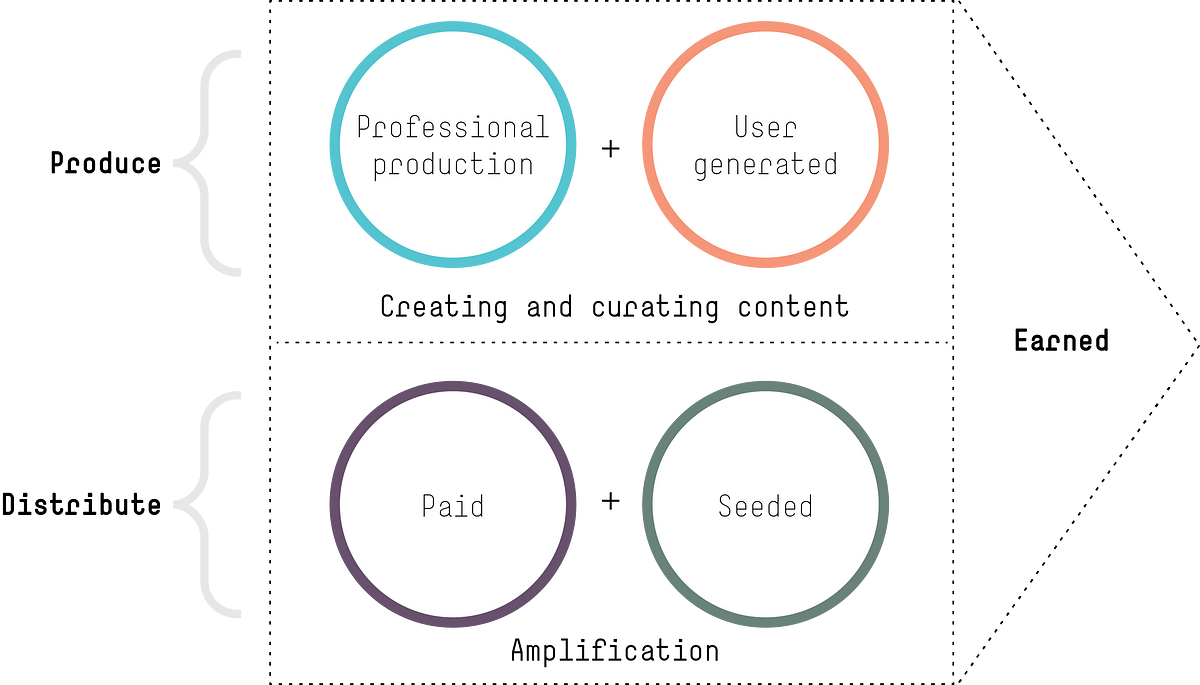The world is being consumed by content, and we’ve only seen the beginning. Everything in our daily lives has a surplus of content surrounding it. Millions of events occur worldwide each year: conferences, trade shows, business expos, concerts, weddings and sports games. And we are all capturing video and photos at each and every one of them.
Social networks have become content monsters. Marketers need to keep users engaged and their brand relevant. It’s the only way to keep pace with customers and prospects to stay in control of the conversation. Marketing success is no longer determined by what you pay for. It’s now about the amplification of the content you create. The ever increasing need for real-time marketing has morphed into the growing importance of earned and owned media: content development.
With all this in mind, here is a framework for implementing a content factory approach. Regardless of your industry or who you’re targeting with your content, you’re likely to share similar top-level goals – namely, building brand awareness and encouraging engagement around your content.

Begin With the Audience First
A content factory is built on a deep understanding of customer behaviors. Place great importance on the ability to identify and define a loyal audience. It’s a lot easier to craft compelling demand generation campaigns if you know who you are targeting. Find a real, loyal audience and focus on them to deliver relevant engaging stories. If you don’t have audience profiles for your brand you can identify a core audience by first creating reader personas.
For instance, Nike launched an original YouTube Series, “Margot vs. Lily” to reach millennial women. Enterprise brands have been using content to position their brand as a thought leader in their field or spread stories internally and externally about their employees. For example, Wells Fargo Bank acquired almost 20 percent of its 12,000 new hires from LinkedIn.
Build a Fanatical Social Asset Kit
Look at creative development from the ground up as a multi-channel storytelling strategy. Everything should support and strengthen your big idea campaigns. Create a mix of professionally produced content from local teams, creative partners and agencies. Curate user-generated content from communities designed for customers to co-create and collaborate with brands. Use hashtags on Twitter, create weekly chats, or set up interest groups on Facebook to attract users who feel compelled to share certain content. Then determine a publishing strategy that’ll best reach your audience. Do they like more information-based in the morning and more entertainment-based at night? Facebook during their a.m. commute and LinkedIn during the day? You decide, then pump out addictive content to contribute to your audience’s culture.
Many brands are developing a wide range of content across multiple formats throughout their buyer’s journey. Denny’s blog is a collection of funny user-generated content. General Mills released a Hamburger Helper mixtape on SoundCloud. Ford Motor Co. tapped influencer Colin Furze to create a series of videos around the theme “unlearn.” JPMorgan Chase & Co. created “From the Ground Up,” a series that uses videos and articles to tell stories of people and issues that make a community strong. And even GE has used corporate content marketing to grow their credibility in core industrial businesses – GE Report now has an audience of over half a million readers.
Amplify Reach to Increase Unique Engaged Users
Brands must engage customers where they are across all touchpoints before, during and after purchase. Reaching customers today requires a shift in media planning to place a greater emphasis on using your own content, supported by paid and seeded distribution to fuel earned media. If you do things well, your content should be so engaging that it’s actively shared for you.
Just like scalable revenue, think scalable brand. Measure the success across all your channels instead of evaluating individual content. Focus on how well content performs instead of how far your content reaches. A channel is a destination. If you produce the right amount and type of content, you can drive consistent traffic. That is what we want as marketers: a targeted, consistent customer we can engage with. An effective content factory drives engagement, brand favorability and extends your offline investment dollars to impact sales.
Lastly, if you have a captive audience, you will be able to find a way to monetize that user on a one-to-one basis. Own the full buyer’s journey. Tap into more relatable and relevant stories. The content possibilities become endless once you are able to connect prospects and customers to things they care about and would spend money on.
A version of this post originally appeared on Medium.













